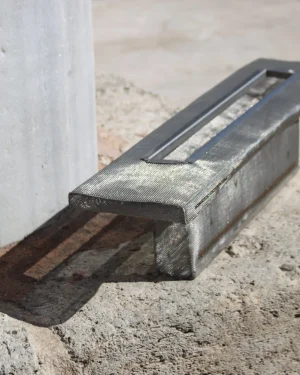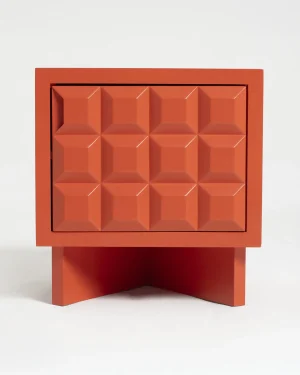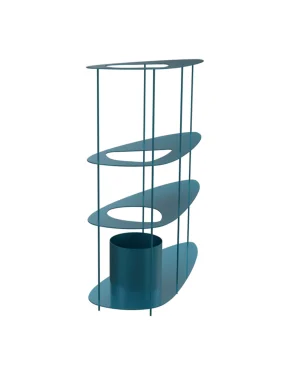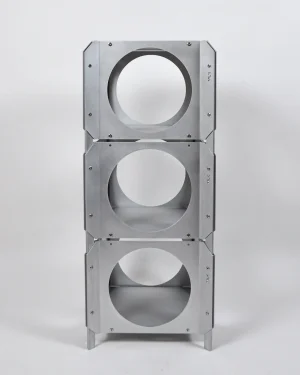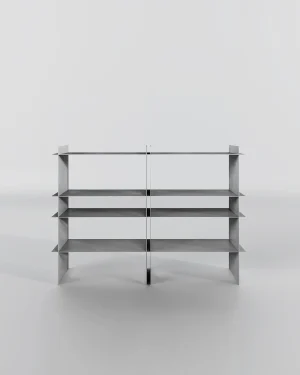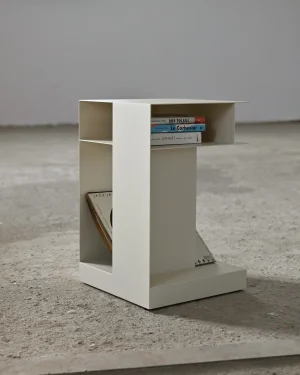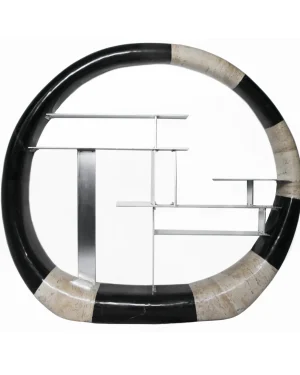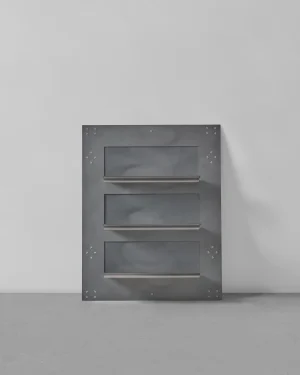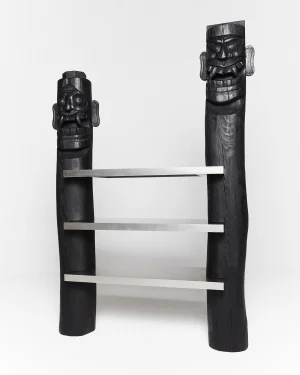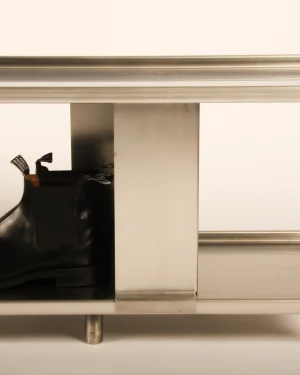Shelves: Functional Design Elevated to Art
Shelves are among the most versatile furniture pieces, serving as both practical storage and striking design accents. Whether floating elegantly on a wall, standing tall as a bookcase, or arranged as modular units, shelves bring order and rhythm to interiors. They provide space to display books, art, or decorative objects, while also keeping everyday essentials within easy reach. Contemporary shelves go beyond function, often designed as sculptural elements that enhance the architectural flow of a room.
What Defines a Contemporary Shelf?
A contemporary shelf blends minimalism with innovation. From clean-lined floating shelves to bold, geometric statement pieces, modern shelving systems are designed to complement interiors with both subtlety and impact. They can disappear seamlessly into the wall or stand as expressive centerpieces that command attention.
How Shelves Enhance Your Space
Shelves organize, display, and transform spaces. Their adaptability makes them ideal for any room — living spaces, kitchens, bedrooms, or offices. By lifting objects off the floor and arranging them thoughtfully, shelves create openness and visual balance.
Key advantages include:
- Organization: Keeps books, objects, and daily essentials neatly arranged.
- Display: Offers a curated platform for art, ceramics, plants, or collectibles.
- Space efficiency: Maximizes vertical surfaces while maintaining a clean aesthetic.
Materials That Define Modern Shelf Design
- Wood: Warm and natural, ranging from light oak to dark walnut, perfect for Scandinavian or mid-century looks.
- Metal: Sleek, strong, and industrial, often seen in minimalist or modern interiors.
- Glass: Transparent and elegant, giving lightness to shelving designs.
- Stone or Marble: Luxurious surfaces that introduce texture and sophistication.
- Acrylic: Light, airy, and modern, ideal for subtle contemporary spaces.
- Mixed Materials: Combinations of wood, metal, or stone for bold, sculptural shelving systems.
Why Choose ADORNO for Shelves?
ADORNO curates shelves that embody craftsmanship, artistry, and practicality. Each piece is chosen not only for its storage and display potential but also for its ability to shape the character of a room. From understated floating shelves to expressive modular systems, ADORNO’s collection ensures that every design balances elegance with function.
 In stock
In stock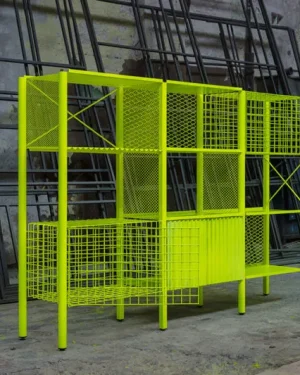 In stock
In stock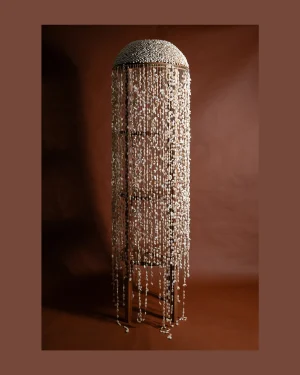 In stock
In stock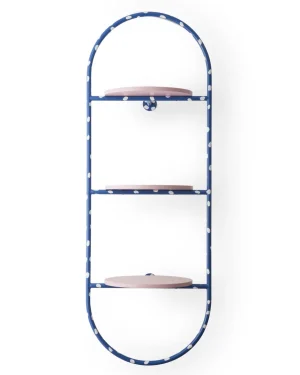
 Sold
Sold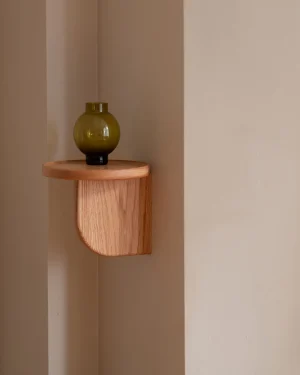 Sold
Sold
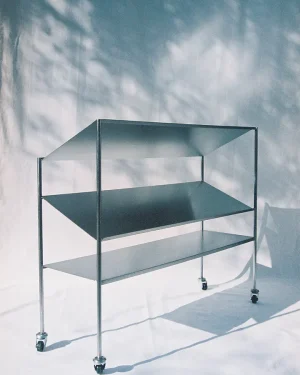
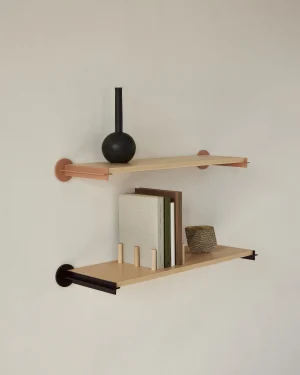
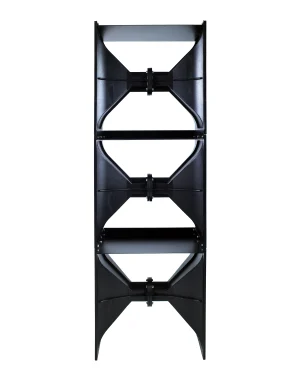 In stock
In stock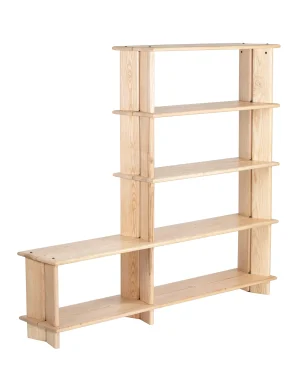


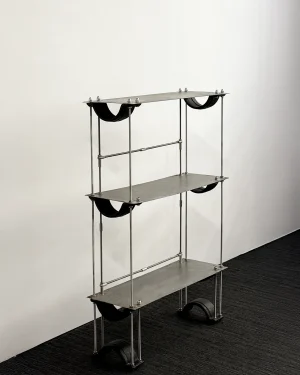 In stock
In stock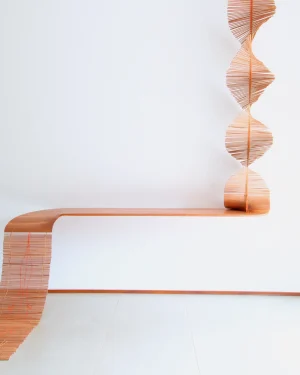
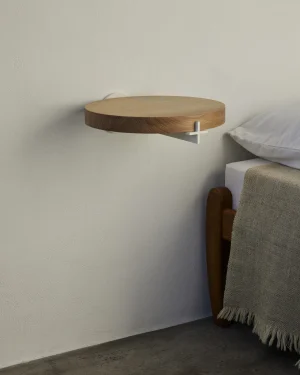
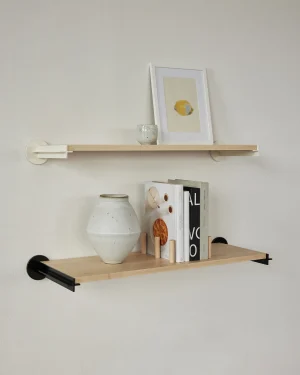
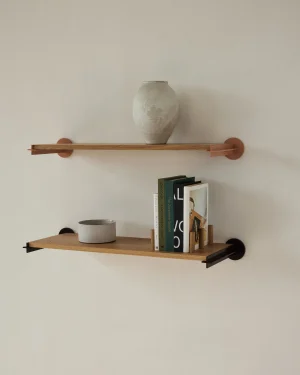
 In stock
In stock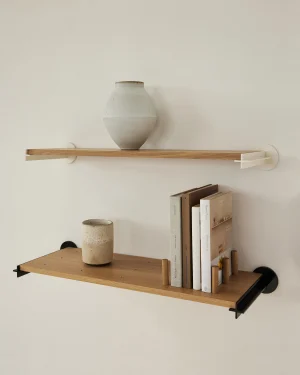
 In stock
In stock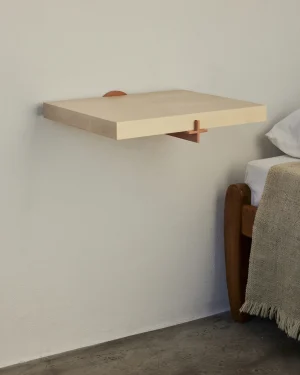
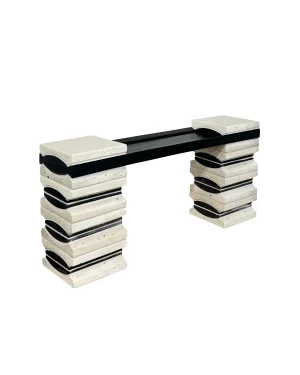 In stock
In stock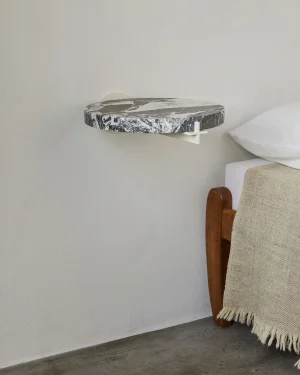
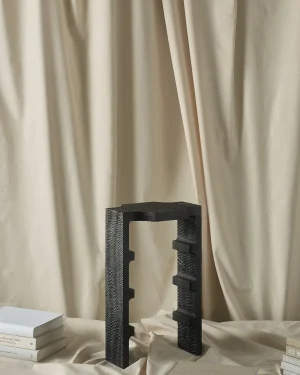 In stock
In stock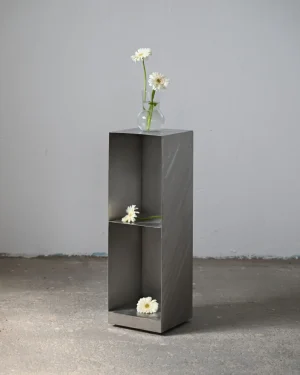 Free shipping
Free shipping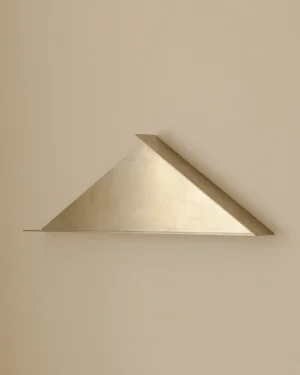 Free shipping
Free shipping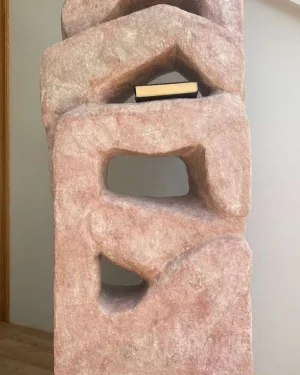 In stock
In stock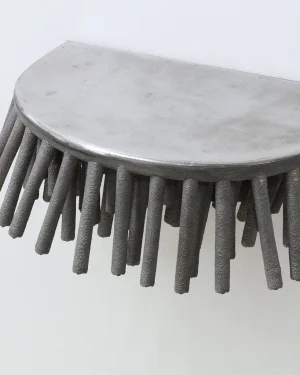 In stock
In stock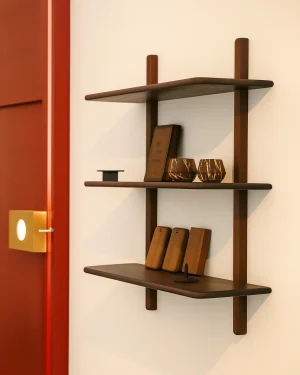
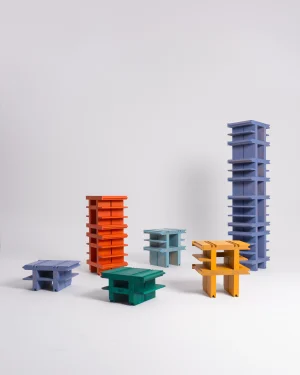
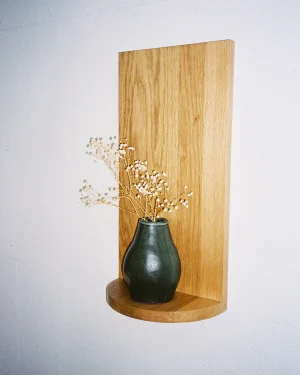 Free shipping
Free shipping Free shipping
Free shipping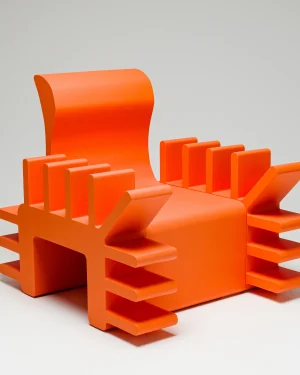 In stock
In stock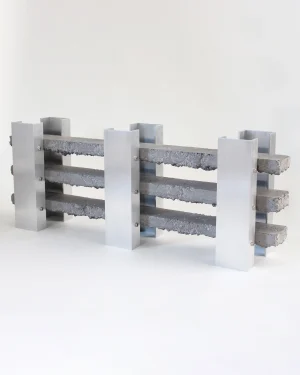
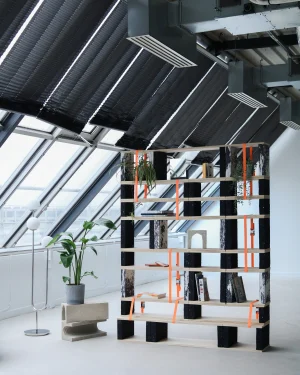 Sold
Sold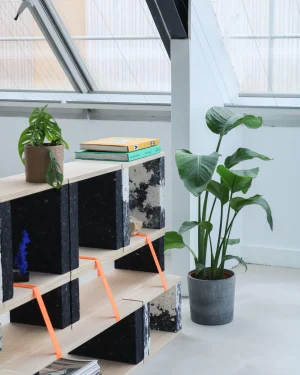 In stock
In stock
